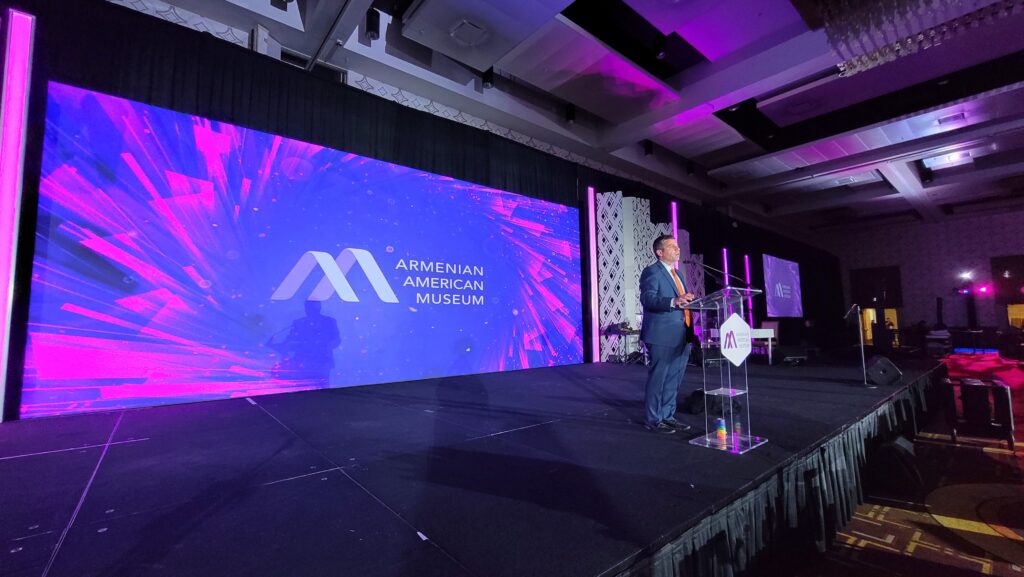Exploring the Key Factors That Influence Hue Uniformity in LED Panel Panels for Optimal Display Performance
Exploring the Key Factors That Influence Hue Uniformity in LED Panel Panels for Optimal Display Performance
Blog Article
Color uniformity in LED wall screens is essential for achieving maximum optical output. light-emitting diode wall screens are commonly used in various environments, including concerts, meetings, and advertising displays. When the colors on these screens are consistent, they create a more engaging and immersive encounter for audiences. Several critical factors affect hue uniformity, including the quality of the light-emitting diode components, calibration processes, and surrounding conditions.
The caliber of the LED elements plays a significant role in hue uniformity. Various types of LEDs emit light at varying wavelengths, which can influence the total hue output. Premium LEDs are designed to produce a more uniform light spectrum, leading in better color accuracy. Additionally, the production process of these light-emitting diodes can affect their functionality. Screens made with high-grade materials and technology tend to have less hue differences, guaranteeing that the shown images and videos look lively and true to life.
Calibration is another essential factor in preserving color consistency in light-emitting diode wall panels. Calibration involves modifying the settings of the panel to make certain that the colors shown match the desired read here design. This process can consist of fine-tuning brightness, contrast, and color equilibrium. Regular tuning is essential, especially in settings where illumination conditions vary often. By tuning the panels, specialists can fix any inconsistencies in color output, resulting to a more uniform observing encounter.
Environmental factors also influence color consistency in light-emitting diode wall screens. Factors such as surrounding light, temperature, and humidity can affect how hues are seen. For instance, bright surrounding light can wash out colors, making them appear more vibrant. Similarly, extreme temperatures can influence the functionality of the light-emitting diodes, resulting to color shifts. To reduce these issues, it is crucial to place light-emitting diode wall screens in managed environments where lighting and heat can be managed efficiently.
Finally, the layout and arrangement of the LED wall screens can affect color uniformity. The configuration of the panels, as well as the distance from which they are observed, can create differences in hue recognition. When panels are placed too distant apart or at varied positions, audiences may notice discrepancies in hue. To obtain the best optical output, it is important to consider the placement and alignment of the panels during setup. By tackling these elements, users can ensure that their LED wall screens provide a consistent and high-quality visual experience.